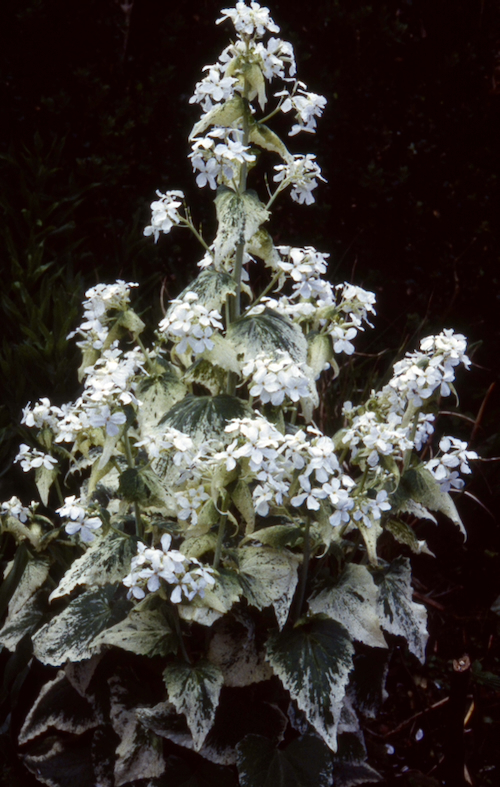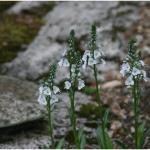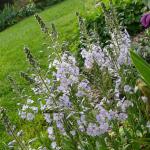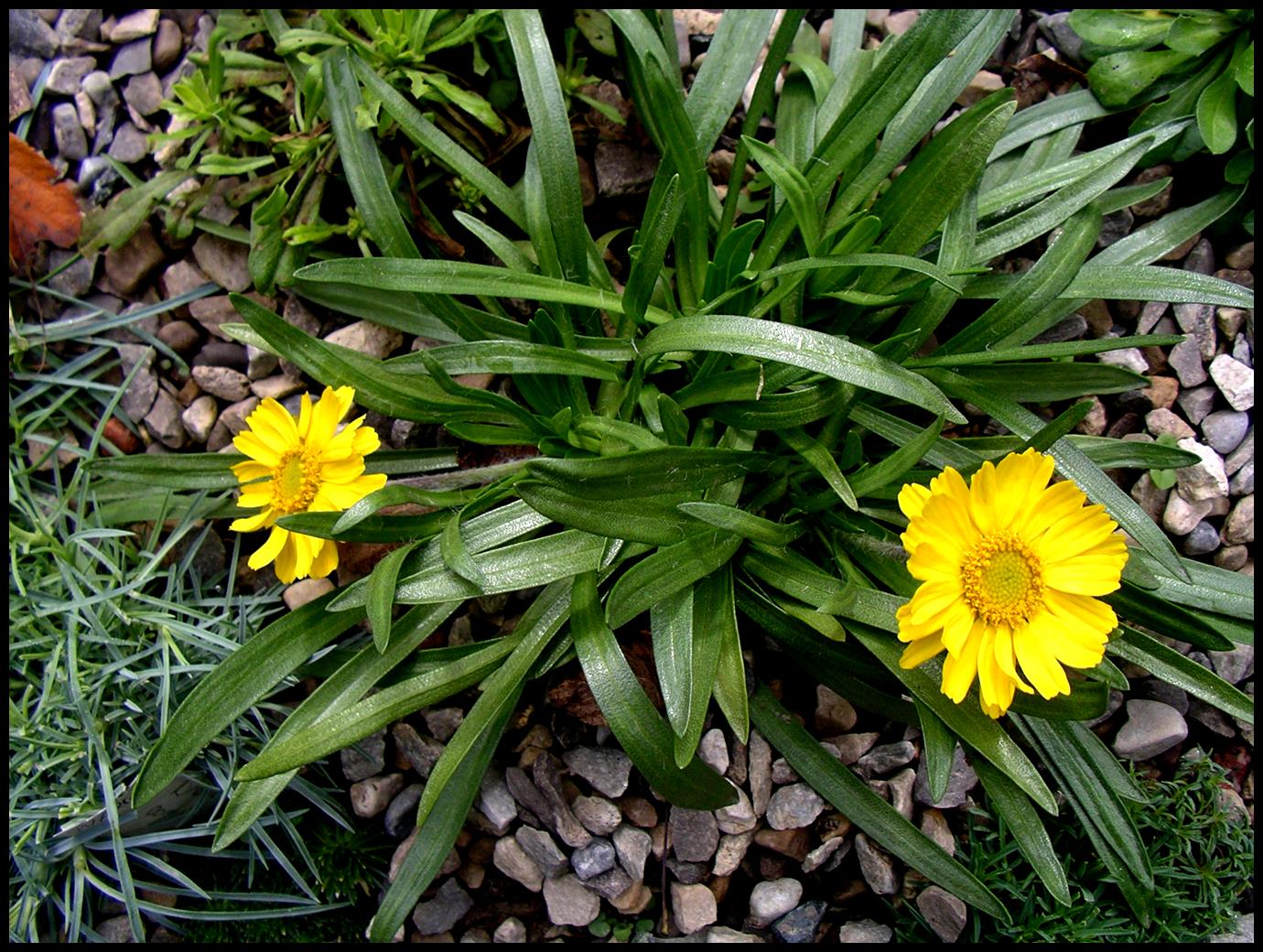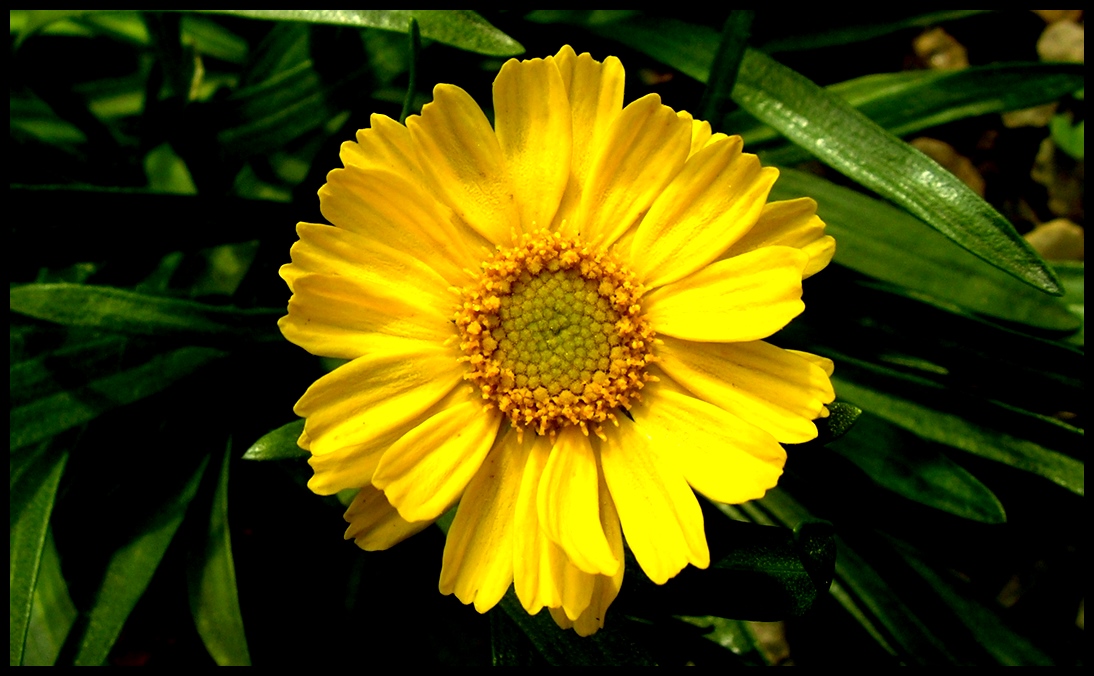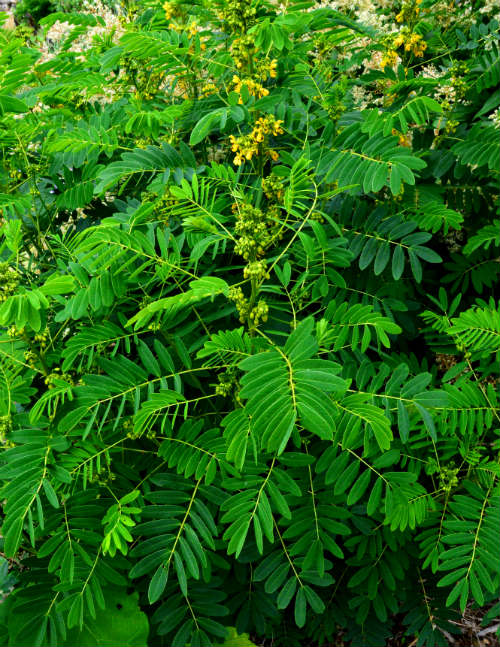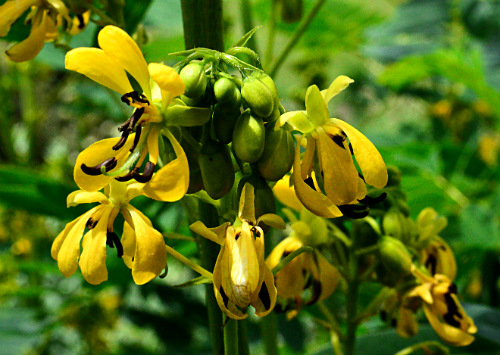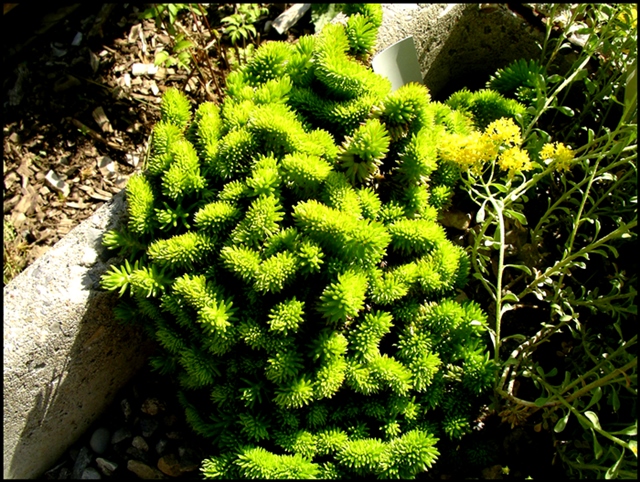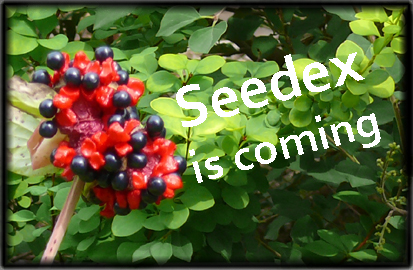(veh-RON-ih-ka jen-shee-uh-NOY-deez)
General Information:
I have grown this plant for 8 years and I would not want to be without it. The gentian speedwell, is a very delicate looking plant that flowers in late spring, putting on a great floral display for about two weeks—which is too short. Even with such a short flowering season it deserves a place in your garden.
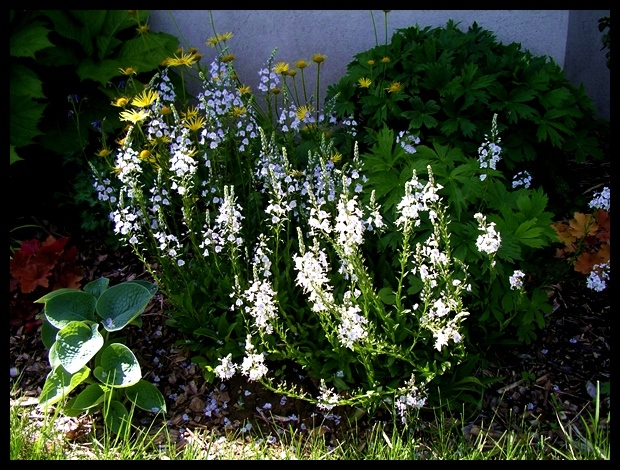
Veronica gentianoides; photo by Robert Pavlis
Veronica gentianoides grows in full sun, but also does well in part shade. In my garden it grows on the north side of the house. It spreads slowly with above ground rhizomes. If it is left to set seed it will self-sow. I cut mine back after flowering and in part shade at least, it does not bloom again.
There is a herbarium speciman of Veronica gentianoides v. alpinia, which looks as if it blooms at under 10 cm. I could not find any references to living plant material. I’d love to get some seeds if you have the alpinia variety.
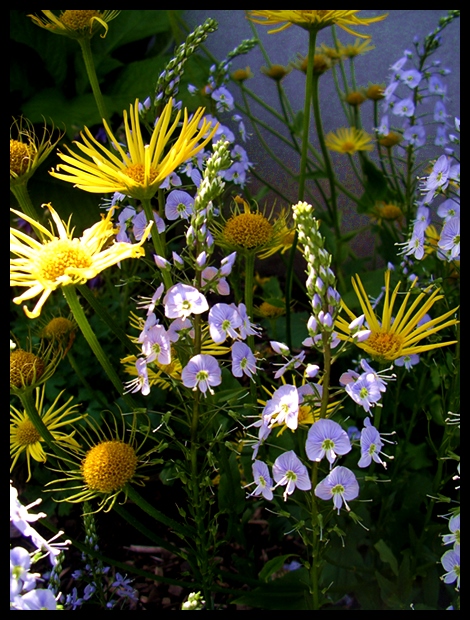
Veronica gentianoides with Doronicum; photo by Robert Pavlis
Life Cycle: perennial
Height: 45cm (1.5ft)
Bloom Time: late spring
Natural Range: Turkey, Caucasus and Iran
Habitat: open moist areas; grasslands, forests and alpine areas
Synonyms: Veronica charadzeae, Veronica kemulariae
Cultivation:
Light: full sun to part shade
Soil: well drained, humusy
Water: regular moisture – does not like to dry out
USDA Hardiness Zone: 4-7
Propagation: seed, division
Seedex availability (ORG&HPS annual Seed Exchange): regularly

